Safety and practicality has always been the focus of the Honda Pilot. But here, we investigate how reliable its engine is.
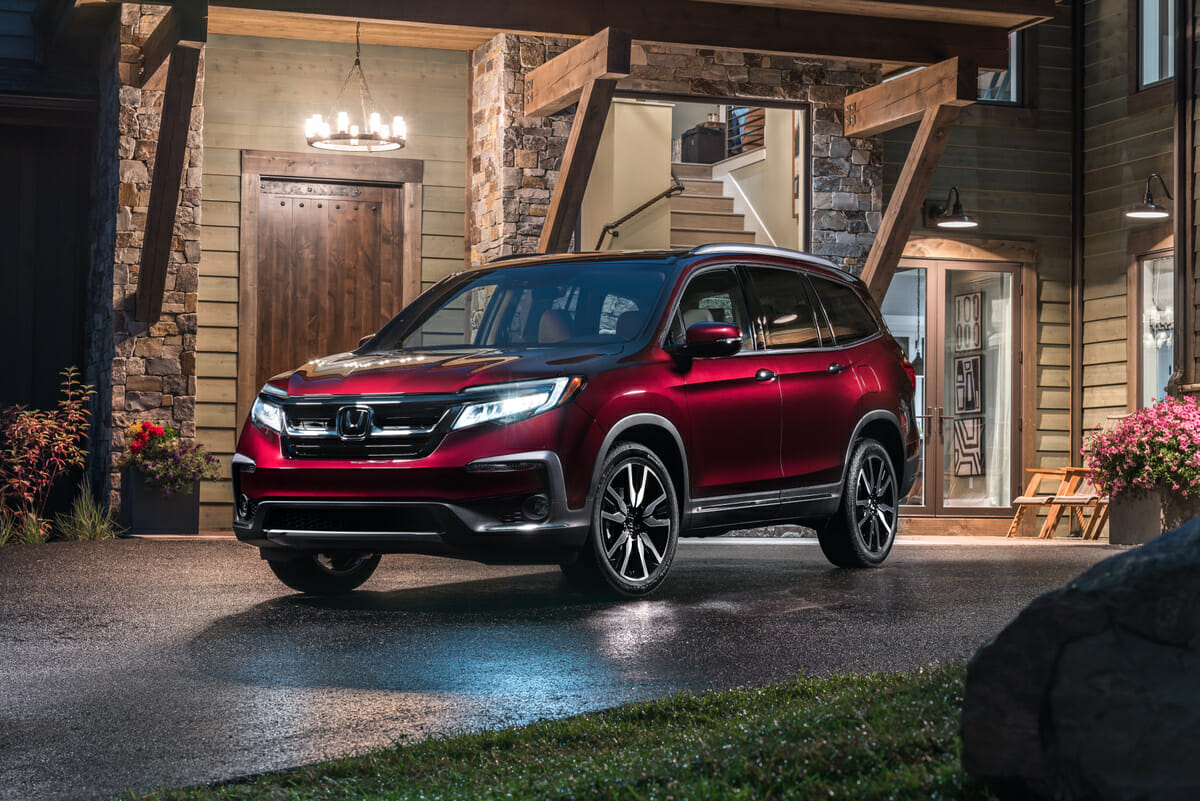
Since its introduction for the 2003 model year, the Honda Pilot has positioned itself as a smart purchase for families. With a focus on safety and practicality from the get-go, Honda’s largest SUV has long looked to be an intelligent purchase for those with large families.
A sleek, sophisticated design, stadium seating, and an IIHS Top Safety Pick rating have helped the model remain a strong seller. According to Good Car Bad Car, the Pilot has been consistently shifting over 100,000 units a year for the past decade.
However, one aspect to choosing any good family car is whether or not it’s reliable and dependable, and what’s key in this regard is its engine. An engine that’s prone to issues, whether small or big, is only going to be an even bigger headache.
That’s why we’ve decided to investigate whether or not the Honda Pilot’s engine really makes this family favorite as smart a purchase as it seems. To do so, we’ll be looking at the different engines fitted to all three generations of the Pilot and highlighting how they perform and cover any common issues with them.
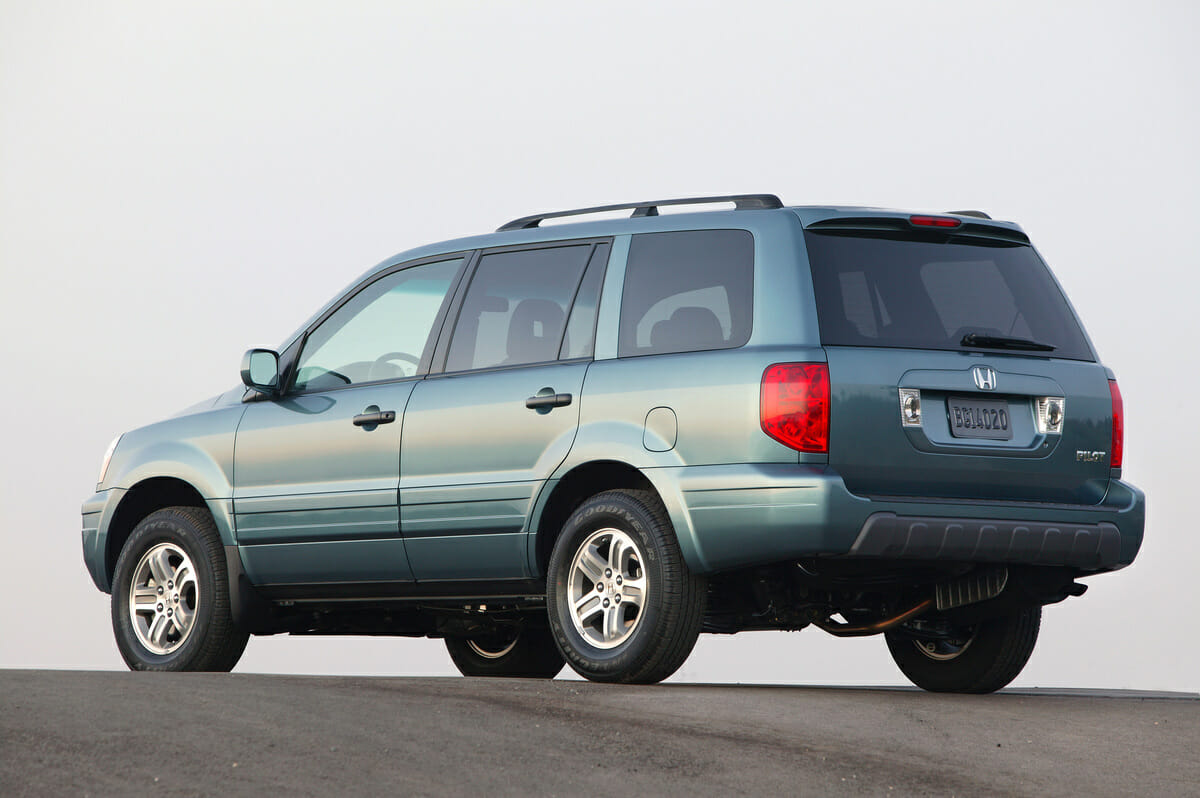
What Kind of Engine Does a Honda Pilot Have?
All variants of the Honda Pilot from the very first 2003 model through to today use variants of the J35 engine.
As Dust Runners Automotive Journal notes, the J35 is a 3.5-liter naturally aspirated V6 gas engine with an aluminum block and cylinder head. It only uses single overhead camshafts (SOHC) that are driven by a timing belt. But it still features four valves per cylinder with variable valve timing.
Designed to be smaller than Honda’s prior C-series V6, the J-series engines, including the J35, feature a number of changes to reduce overall engine size. This was necessitated due to the V6 being a transversely-mounted engine.
Changes included reducing the angle between the cylinder banks to 60-degrees, using a smaller crankshaft, and using shorter bore spacing and connecting rods.
Some versions of this engine, beginning with front-wheel-drive versions of the 2006 Honda Pilot, featured Variable Cylinder Management (VCM). This is a cylinder deactivation system that, in low-load scenarios, can run the engine on only three cylinders rather than all six to save fuel.
As noted by Motor Reviewer, a number of different J35 engine variants were used in the Honda Pilot, including the following:
- 2003-2004 Honda Pilot
| Engine | J35A4 |
| Horsepower | 240 hp @ 5,400 rpm |
| Torque | 242 lb.-ft. @ 4,500 rpm |
- 2005 Honda Pilot
| Engine | J35A6 |
| Horsepower | 255 hp @ 5,600 rpm |
| Torque | 250 lb.-ft. @ 4,500 rpm |
- 2006-2008 Honda Pilot (FWD only)
| Engine | J35Z1 |
| Horsepower | 244 hp @ 5,750 rpm |
| Torque | 240 lb.-ft. @ 4,500 rpm |
- 2006-2008 Honda Pilot (4WD only)
| Engine | J35A9 |
| Horsepower | 247 hp @ 5,750 rpm |
| Torque | 245 lb.-ft. @ 3,500 rpm |
- 2009-2015 Honda Pilot
| Engine | J35Z4 |
| Horsepower | 250 hp @ 5,700 rpm |
| Torque | 253 lb.-ft. @ 4,800 rpm |
- 2016-present Honda Pilot
| Engine | J35Y6 |
| Horsepower | 280 hp @ 6,000 rpm |
| Torque | 262 lb.-ft. @ 4,700 rpm |
In all first- and second-generation models (2003-2008 and 2009-2015, respectively) the J35 engine was backed by a five-speed automatic transmission. The 2016 models saw the introduction of a six-speed automatic on base trims, as Autotrader notes, with a nine-speed automatic fitted to Touring and Elite models.
The nine-speed transmission, however, was made standard for all trim levels in 2021.
Check out The Straight Pipes‘ review of the 2019 Honda Pilot below to see how it performs on the road with its J35 engine.
Does the Honda Pilot Have a VTEC Engine?
All versions of the J35 engine used in the Honda Pilot feature Honda’s variable valve timing system known as VTEC, which stands for Variable Valve Timing & Lift Electronic Control. Road & Track notes that the system works by using oil pressure to shift between different cam lobe profiles for low and high engine speeds. At these higher engine speeds, this allows for greater valve lift, allowing more air into the engine and creating more horsepower.
However, while all J35 engines feature VTEC, the system each version employs is not the same. Auto Evolution points out that SOHC VTEC engines only allow for greater valve lift on the intake valves and not the exhaust valves. This includes the J35A4, J35A6, and J35A9 engines fitted to the first-generation Honda Pilot.
Auto Evolution also highlights that the VCM system seen on certain Honda Pilot engines is an offshoot and evolution of the VTEC system.
Some Honda Pilot engines feature the more advanced i-VTEC system that’s employed on SOHC engines. This includes the J35Z1 in the 2006-2008 Honda Pilot FWD, the J35Z4 in 2009-2015 models, and the J35Y6 engine in the current Honda Pilot. The difference here is that i-VTEC engines feature a computer-controlled cam profile changeover, rather than oil pressure-controlled.
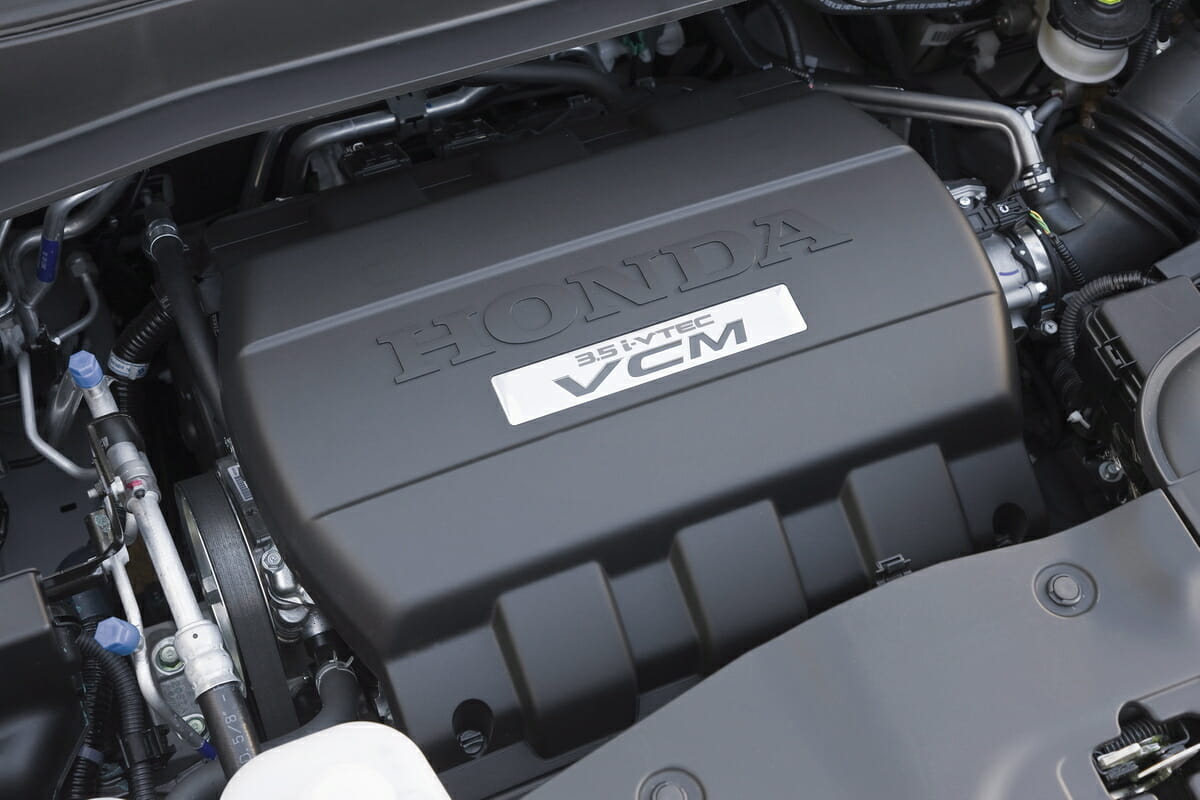
Is the Honda Pilot’s Engine Reliable?
While Hondas are often highly regarded for their reliability, some versions of the Pilot have had reliability issues crop up over the years. None appear to be terribly catastrophic, though, with only two engine-related recalls having been issued across the model’s lifetime.
In the case of the very earliest 2002-built versions of the 2003 model year Honda Pilot, the timing belt tensioner pulley on the water pump could be misaligned which would cause the timing belt to make contact with a bolt on the cylinder head. This would eventually wear the belt down and cause it to fail. This prompted an NHTSA recall, but it was at least detected early back in August 2002.
When it comes to the current third-generation Honda Pilot, another timing belt-related issue has cropped up with its J35Y6 engine that concerns 2018 and 2019 models.
An NHTSA recall was issued due to timing belts in these models failing when the teeth separated from the belt itself, causing the engine to stall while driving.
While the second-generation 2009-2014 Honda Pilot was not subject to any engine-related issues, many owners have complained of the J35Z4 engine in these models being susceptible to oil leaks and excessive oil consumption on Car Complaints.
However, Tuning Pro highlights that these issues all come back to one thing: the Variable Cylinder Management (VCM) system. The gaskets on the VCM unit can fail and start to leak oil.
Tuning Pro notes that due to the system’s positioning on the J35 engine, this will cause it to drip onto the alternator. This is obviously not something that you want to have happen, but it’s highlighted that it’s not a major issue if detected early.
It’s also the VCM system that’s highlighted as the cause of excessive oil consumption in second-gen models that even led to a class-action lawsuit being filed in 2013.
However, Tuning Pro believes that these issues are blown out of proportion by people on the Internet.
As such, we feel it’s safe to say that the engines in the first and third-generation Honda Pilot are reliable. The timing belt issues with both 2003 and 2018-2019 models were quickly highlighted and recalled as well, so it’s unlikely these will be ongoing issues. If you’re concerned about recall work having been performed on a vehicle you’re looking to buy, you can ensure it has been by performing a free VIN check.
As for the second-generation Honda Pilot, we doubt this engine is going to leave you stranded at the side of the road any time soon. Its engine may be prone to oil leaks and excessive consumption issues, but these are easily detectable and not as serious as they seem.
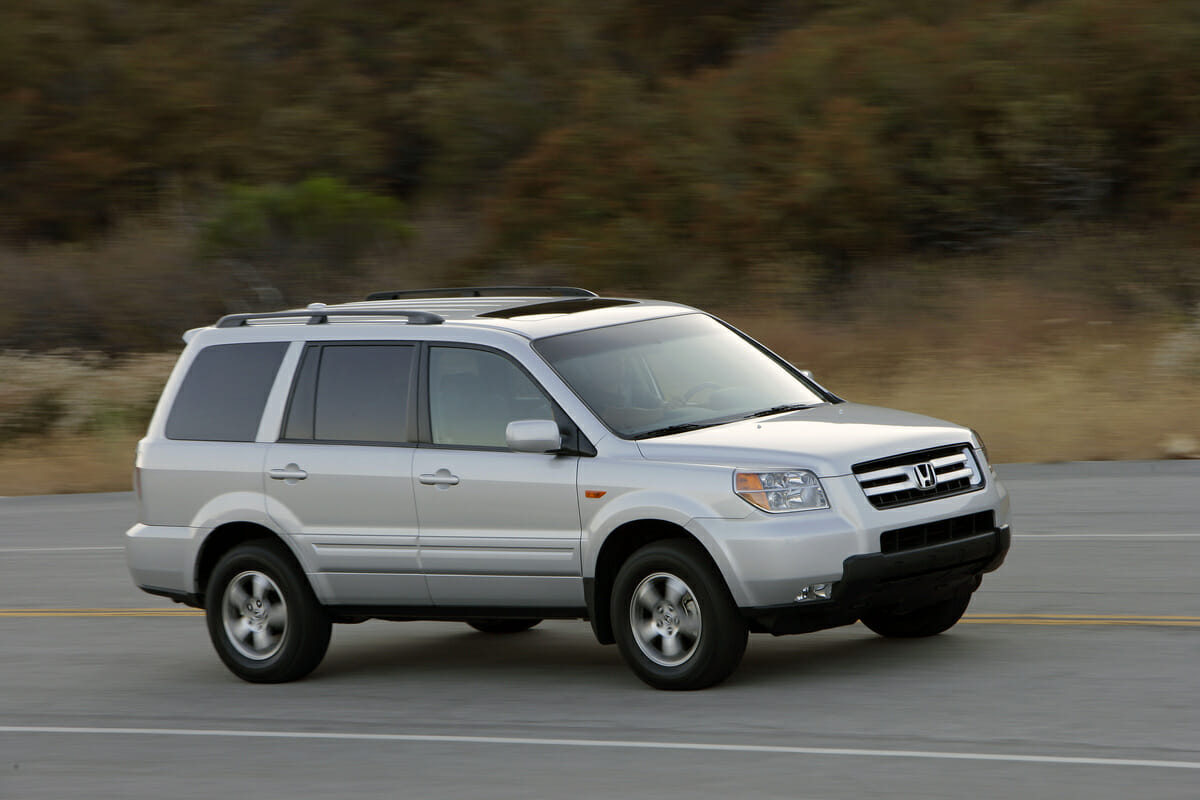
How Long Do Honda Pilot Engines Last?
How long the J35 engine fitted to the Honda Pilot should last for is a question that users here on the Vehicle History website are clearly keen to know.
Trawling through the answers that our users have submitted, a clear theme emerges. The Honda Pilot, at least according to the majority of our users, should last for at least 200,000 miles. iSeeCars reports that just one percent of all vehicles manages to accomplish this feat.
Vehicle History user Melissa K. notes that her 2008 Honda Pilot, which she bought new, has managed to cover 268,000 miles. Jeff M. notes that his 2006 model’s engine had now covered 288,000 miles. Mark L., a three-time Honda Pilot owner, noted that his first 2004 model died at 210,000 miles, while his 2010 model managed 225,000 miles. He now owns a 2020 model, saying, “I hope the luck keeps going.”
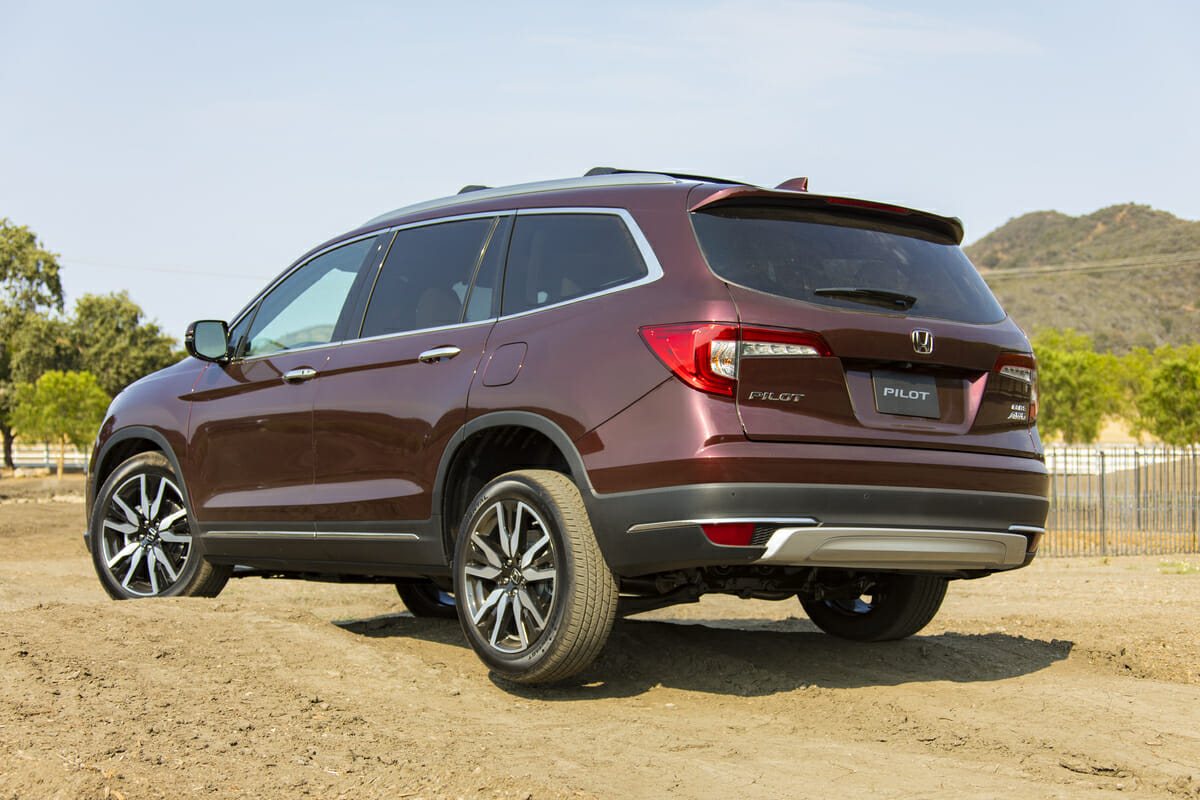
Honda Pilot Engine: A Dependable Power Plant
Many of our users have also claim that their Honda Pilots have covered more than 300,000 miles. John J. notes that his 2008 Honda Pilot has an astonishing 372,000 miles on the odometer with only regular maintenance required. Tina L. also claims her 2007 model has managed 335,000 miles and is “still going strong!”
It’s safe to say, then, that between the Honda Pilot’s impressive reliability and the many testimonies from Vehicle History users that have also been cited by other sites, including Motor Biscuit, the Honda Pilot should last you for the long haul.
With the correct maintenance, you should expect to get 200,000 miles out of it, while it could even keep soldiering on past 300,000 miles.
Through our broad, in-depth research, it’s been easy for us to conclude that the J35 engine fitted to the Honda Pilot is an incredibly reliable and dependable engine. It’s worth being aware, though, that the 2009-2014 Honda Pilot engine is prone to some VCM-related issues that concern oil leaks and consumption.
However, these issues aren’t likely to leave you stranded, and are easily remediable.
It’s clear from Vehicle History user testimonies that our readers are happy with the Honda Pilots they drive. Many have seen their cars cover more than 200,000 if not 300,000 miles, only further asserting that the Honda Pilot is an all-around sensible family car purchase.
You can check out popular auto influencer Micah Muzio‘s review of the 2021 Honda Pilot, above, to see just how good a family car it really is. And you can thank the Honda Pilot’s J32 engine for being a big part of what makes it great.
Photos: Honda
